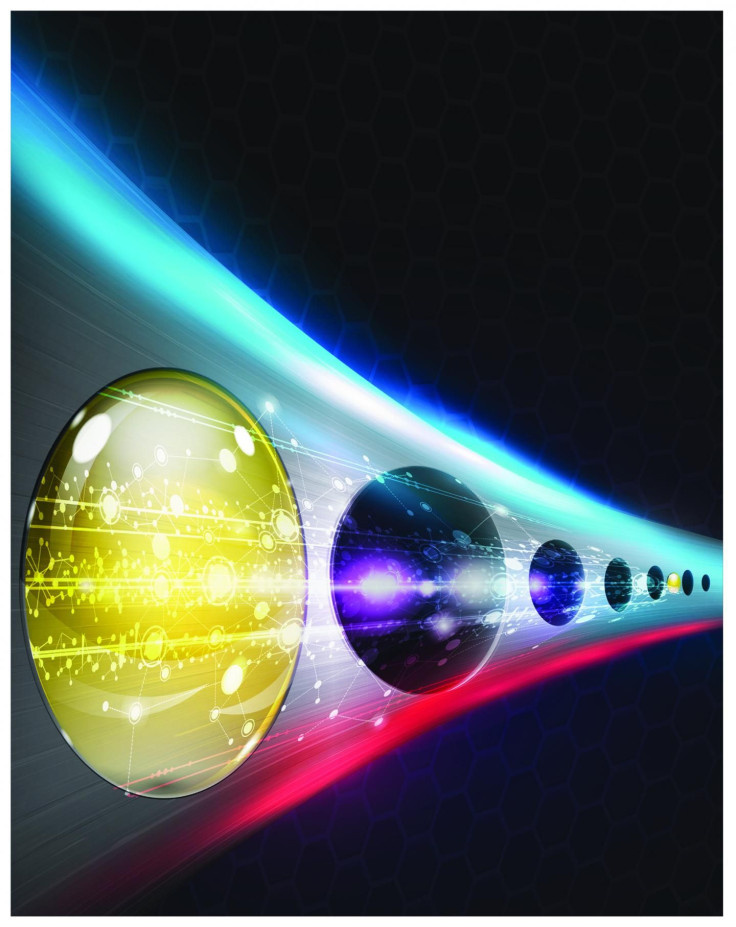Quantum Computing With Diamonds: Researchers Create A Single-Chip Quantum ‘Bridge’

The race to build a scalable and viable quantum computer is driven by the thirst to create an extremely fast and powerful device — one that would make today’s computers look like old, doddering abacuses by comparison.
Consider this, then — if one quantum computer can be orders of magnitude more powerful than its conventional counterpart, what can a series of interconnected quantum computers achieve?
It is this question that motivated researchers at Sandia National Laboratories in Albuquerque, New Mexico, and Harvard University to demonstrate a technique for connecting, or “bridging,” quantum computers at an atomic scale.
“People have already built small quantum computers,” Ryan Camacho, a researcher at Sandia National Laboratories, and co-author of a study detailing the process, said in a statement. “Maybe the first useful one won't be a single giant quantum computer but a connected cluster of small ones.”
The problem the researchers faced in doing so was linking photons with quantum emitters, which are atoms that release photons at different frequencies when they transition from a high-energy state to a low-energy one. These quantized photons can then be used to carry information through their frequency or through the polarization of their waves.
In order to achieve this, the researchers used something known as an “ion beam implanter” to replace a carbon atom in a diamond matrix with a much larger silicon atom. Doing so ensured that the responses of electrons in the silicon atom are not clouded by unwanted interactions with other matter.
“What we've done is implant the silicon atoms exactly where we want them,” Camacho explained. “We can create thousands of implanted locations, which all yield working quantum devices, because we plant the atoms well below the surface of the substrate and anneal them in place. Before this, researchers had to search for emitter atoms among about 1,000 randomly occurring defects — that is, non-carbon atoms — in a diamond substrate of a few microns to find even one that emitted strongly enough to be useful at the single photon level.”
The study has been published in the latest edition of the journal Science.
© Copyright IBTimes 2025. All rights reserved.






















